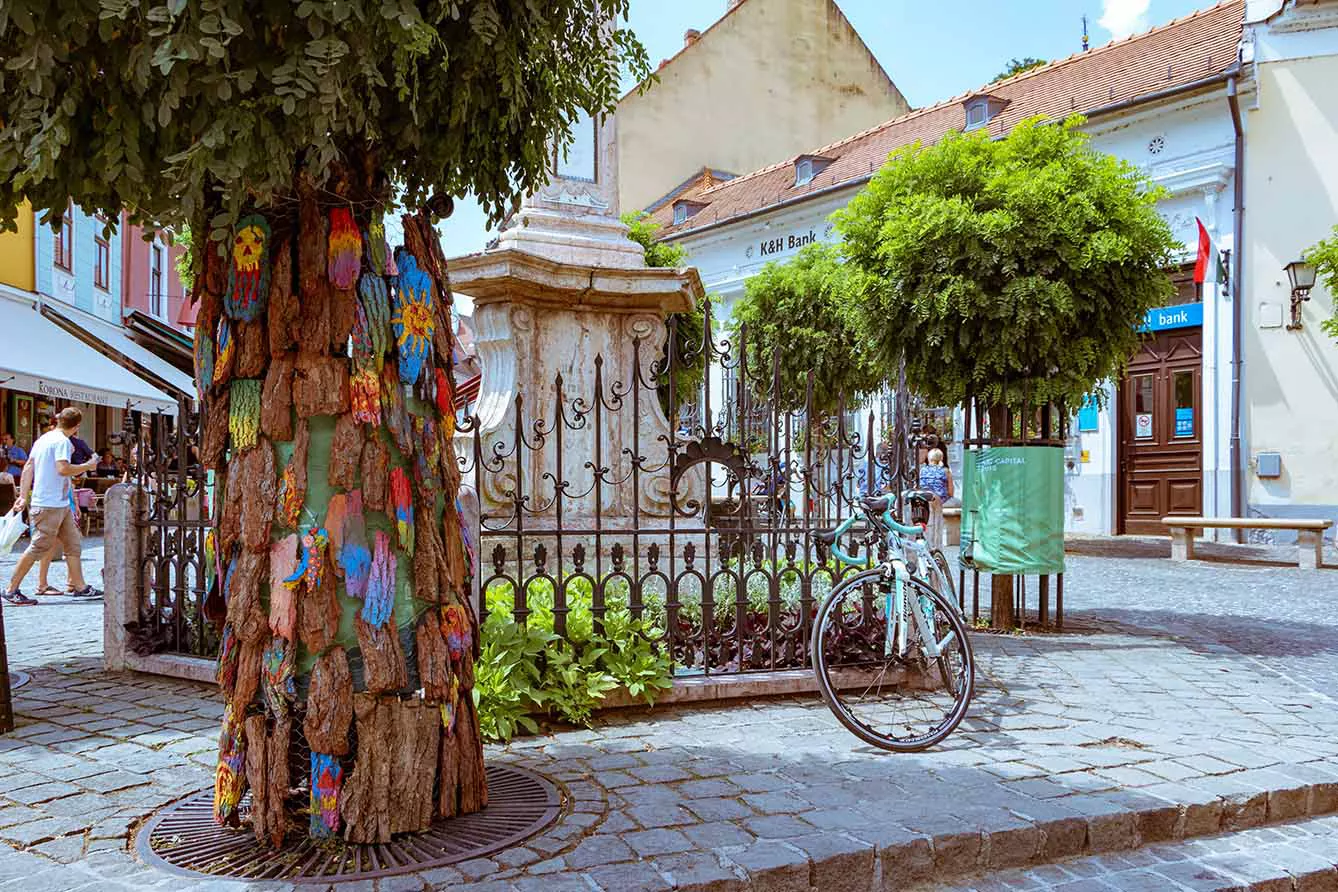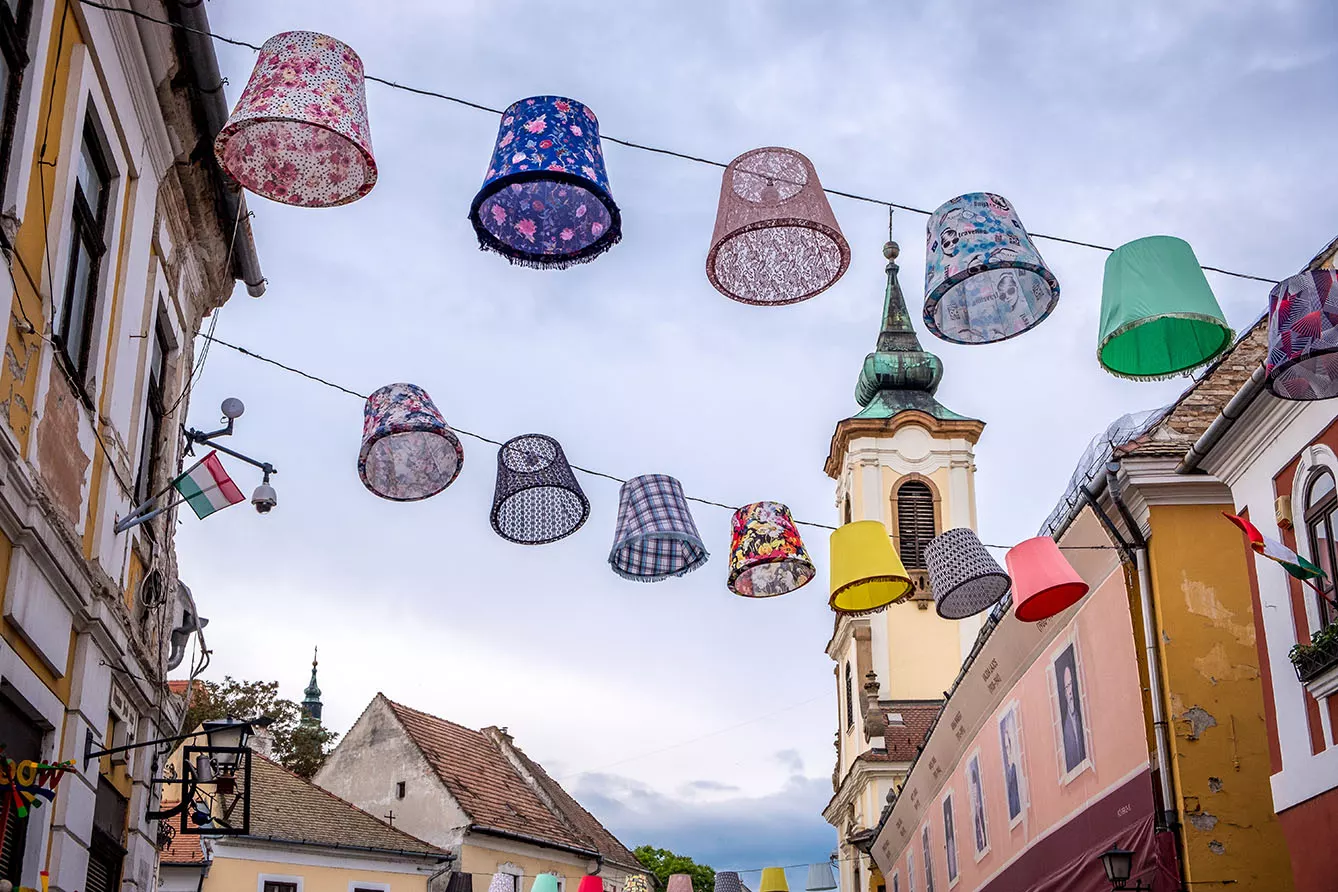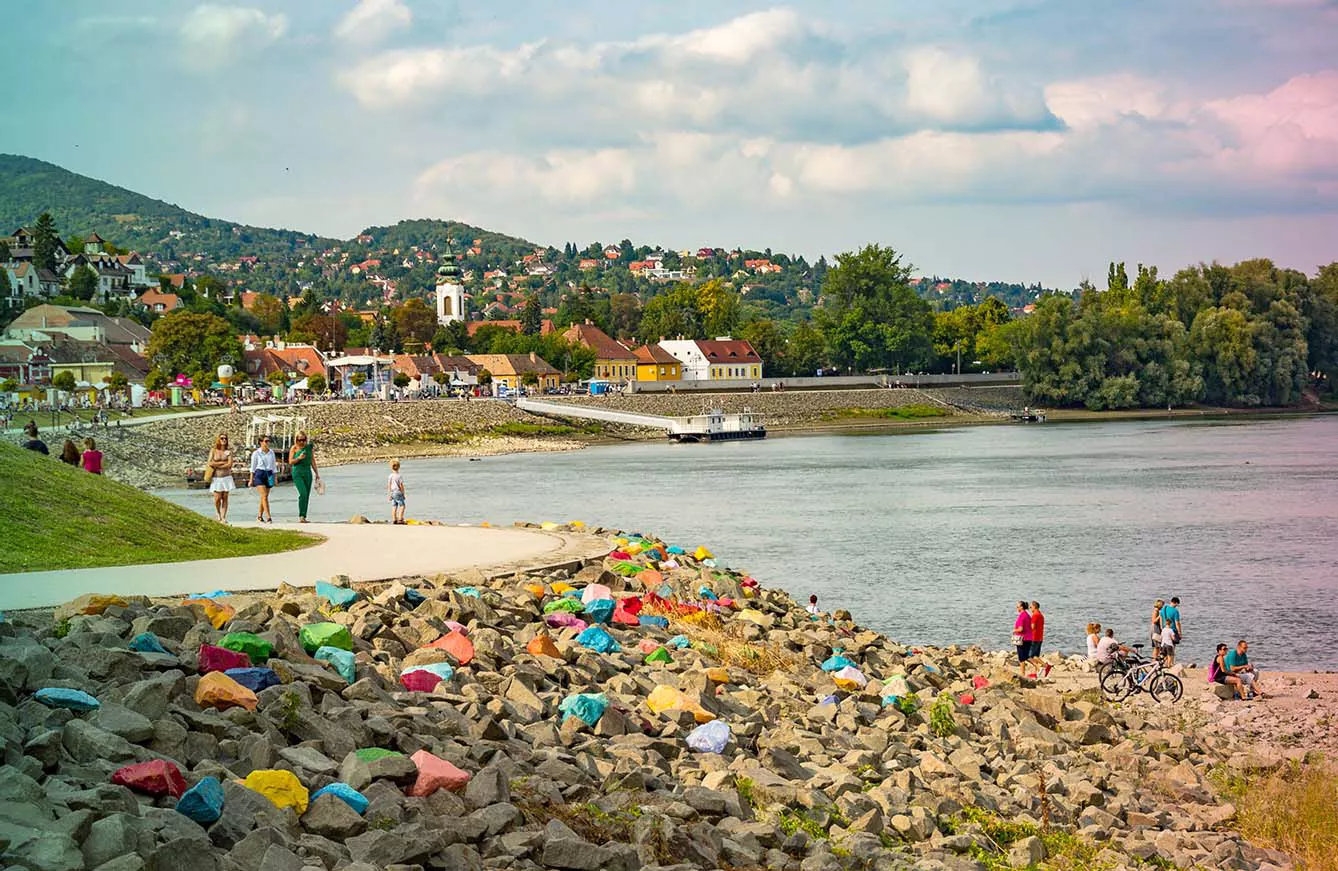Crowds, noise, commotion. As much as Budapest is worth every minute you spend there, let’s face it – a big city can drain even the toughest tourists out of energy. So it is always a good idea to try and catch a breath in a place where clocks seem to be ticking away a little slower. Luckily, just a stone’s throw away, you can find Szentendre’s wonderfully relaxed, art-infused city.
As usual – the Romans came… second
Although the settlement is said to be very old and of Celtic origin, much more is known about the Romans who arrived in the area circa 1st century AD. The remains of their military camp, Ulcisia Castra, and its construction is still reflected today in the shape of the modern town.
After all, the Romans established a proper settlement in Szentendre, with roads and other infrastructure that amazingly find their reflection in the current spatial planning. But it is not the Roman heritage that makes the city special from the point of view of today’s tourists. Arguably, however, perhaps the lingering Roman spirit gives the narrow streets such a Mediterranean feel.
The town’s history after the Romans was not that fortunate for quite some time. It got severely destroyed under Turkish rule and remained in shatters until liberation from the Ottoman Empire (basically in the 18th century). Then the area, again, flourished. It was inhabited mainly by the Serb population and became a renowned wine-making area of the country.
Gorgeous spirits and crafts attracted merchants, and the city was able to grow. Unfortunately, the 19th century provided the inhabitants with more challenges – natural disasters and the phylloxera aphid outbreak meant that by 1880, the town’s population rapidly declined. The story could end here on this sad note if it weren’t for the tangible heritage left behind by those who worked and loved this town.



Szentendre: A picturesque village
Bendy, narrow streets; colorful houses; incredible architecture; monuments; and atmospheric cobblestones (you cannot describe Szentendre or any other Mediterranean city without mentioning the cobblestones. It just can’t be!) made talented, artistic hands itch until they would reach for their sketching pads. The town proved to be a true creative paradise. So much so that in 1926 the city was chosen to be the seat of the Art Colony (Művésztelep).
From this point on, Szentendre became the home for many artists who joined the Colony over the years. And the town proudly displays its artistic spirit, sharing it with anyone who comes to visit. Summer weekends tend to be crowdy. However, nothing can ruin the tranquility and laid-back vibe of this artistic Mekka.

Wine, Art, and…. the Marzipan King
Szentendre happens to be the hometown of Mátyás Szamos, who could be (and maybe among some is…?) called the King of Marzipan. Since marzipan is an appreciated treat in Hungary, the locals will more than likely recommend you try some of their homemade almondy delicacies. But not just any brand. Out of all manufacturers, Hungarians will most likely tell you to try the Szamos product.
The founder of this now famous brand was a true man of success living the American dream in Hungary. Born in a poor Serbian family in Szentendre, Mátyás Szamos worked his way up by the labor of his hands (literally). Training to become a confectioner, he learned the art of making marzipan and creating marzipan roses from his Danish master, József Auguszt.
Marzipan became his true passion, and he worked hard to discover new forms of decoration (and, at the same time, kept a day job). And it was marzipan that brought him fame. Although he worked with it throughout his entire career, he opened his family business in the late 1960s. Now, his brand is considered iconic, and his sweets shop in Budapest is receiving thousands of visitors, as is the marzipan museum in his family town of Szentendre. Filled with delightful figures (some of which are human-sized!) is a must-stop when in town.
European Heritage Label
In 2020 the city was awarded the European Commission’s European Heritage Label. This title is not granted lightly. The European Commission, when justifying the award, said that the town “has been shaped by the influence of the cross-border political and cultural connections.”
It also mentioned that “the connections along the Danube river and the prolific cohabitation of its Hungarian and Serbian population and other cultures resulted in a place of peaceful coexistence, integration and productive exchange, shaping a unique architectural design.”
With such recommendation at the highest level, who could ignore this unassuming town when traveling to the Budapest area?







